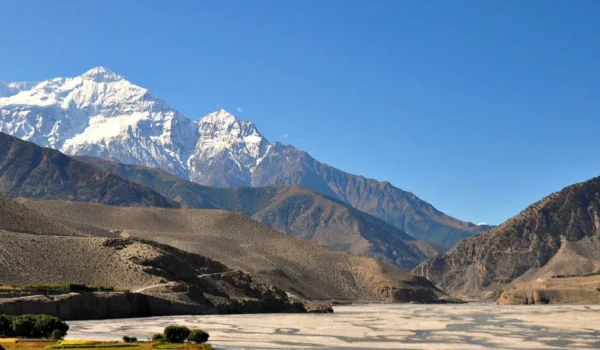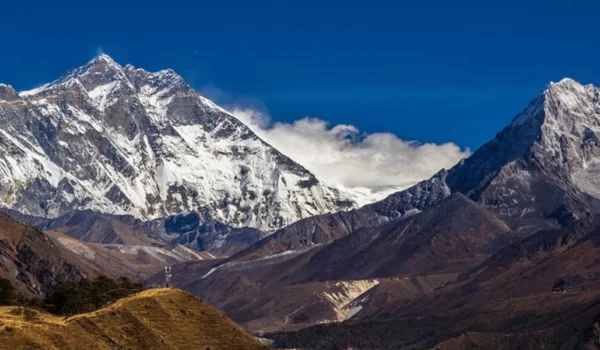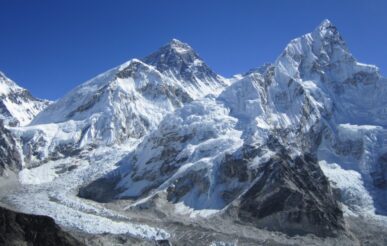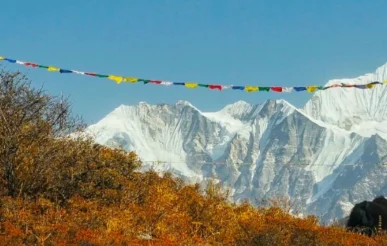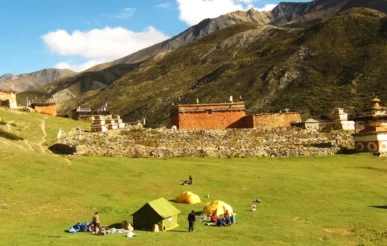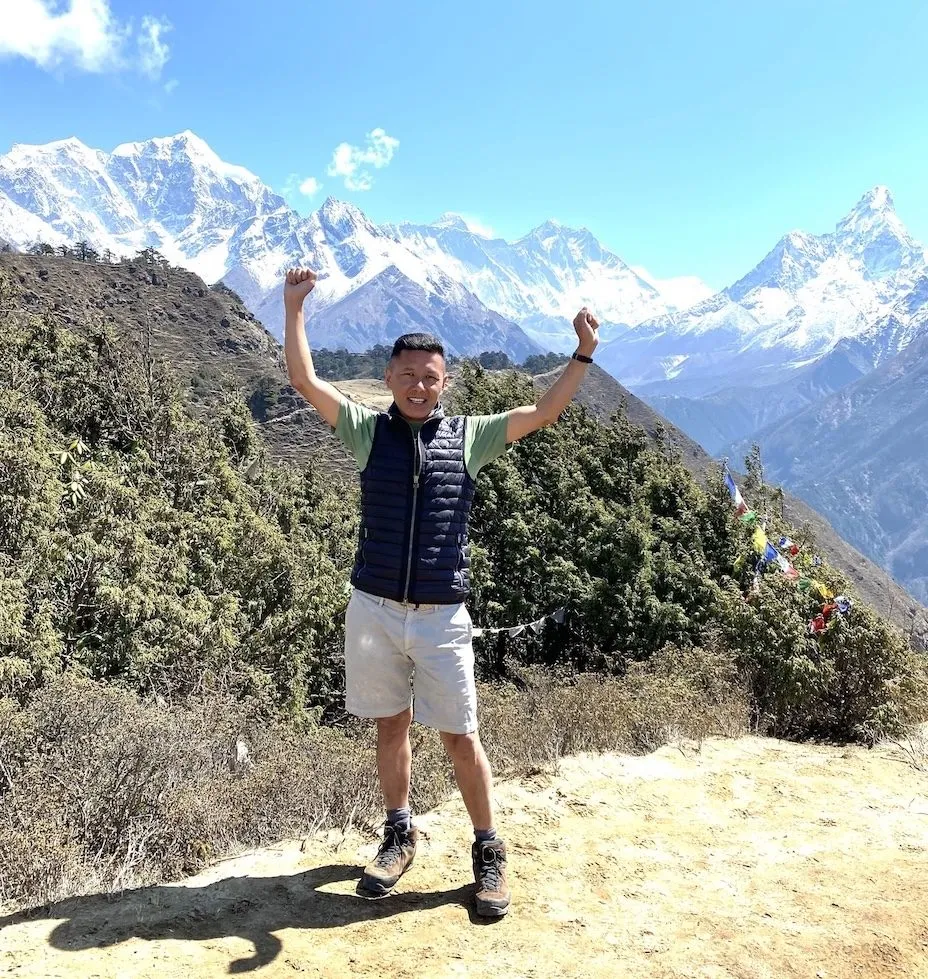Solo Travel in Nepal
Are you planning a solo travel to Nepal? You may be flying alone, but you will not be alone—Nepal is a popular solo travel destination.
Trekking is a great experience and also one of the most popular activities to enjoy. Nepal has the most beautiful and diverse trekking places, with surreal exotic journeys.
Both solo and group traveling is possible in Nepal. While traveling with group can be an amazing adventure, Solo traveling can be an experience on its own.
Solo traveling comes with its own set of advantages, disadvantages, and doubts. However, this doesn’t stop people from solo travelers.
Solo traveling is very popular in Nepal. After all, seeing the world on your own, without having to worry about or adjust to a group, gives you freedom and has its own advantages.
Nepal is also one of the world’s safest destinations, you can definitely travel solo in Nepal.
Best Time for Solo Travel in Nepal
Traveling to Nepal in every season has its great feature. All year round, tourists visit Nepal. However, spring and autumn are the best time to visit and trek in Nepal.
There are several reasons why these are the best time to visit Nepal. The weather is pleasant during this time of year, offering you a clear view of the mountains. You will also discover rhododendron flowers in bloom.
There will be a high number of travelers during these seasons and months. Thus, you are most likely to meet similar minded people to talk to and gather information. Most importantly, if you go into difficulties, you will be able to find help more easily at this time.
The accommodation, travel and food cost are higher during this time due to peak season. As a result, pre-booking is essential.

Top Solo Trips in Nepal
Some of the most famous solo treks in Nepal are Everest Base Camp Trek, Gokyo Lake Trek, Annapurna Base Camp Trek, Langtang Valley Trek, Poon Hill Trek, Mardi Himal Trek.
And if you plan on hiking during the monsoon season in Nepal, you can take the Jomsom Muktinath Trek and Annapurna Circuit Trek. These treks are located in Nepal’s trans-Himalayan region and rain-shadow areas.
Hence, solo monsoon traveling / hiking is still doable. So, once you’ve decided on a journey, you should start gathering information about the destinations to visit. You should know the trekking routes, guest houses, food, weather, the culture, and so on.
This way it will prepare you for the journey. And as for the duration, Nepal has hiking journeys that will last from a day/week to a month. We recommend that lonely trekkers do shorter hikes before attempting longer ones.
Equipment & Clothing for Solo Travel in Nepal
The right packing of necessary clothing and gears can make or break your trekking adventure. Hence, once you know when you are trekking, know the weather conditions and pack accordingly.
Make sure to bring all of the necessary clothing. Also, avoid overpacking or under packing.
For the equipment, you can find a complete list and supplies of equipment for a trip in Nepal. Both in Kathmandu and Pokhara, you can buy or rent.
Make sure you don’t bring any unnecessary gear. Because you will be carrying your own luggage as a solo traveler. Hence, anything extra will just add as a load to you. So, the most key thing to remember is to pack smartly.
Permits for Solo Trekking in Nepal
TIMS card (Trekkers Information Management System) is mandatory for every hiker willing to trek in Nepal. If you are hiking solo, you will get a green TIMS Card. If you want to go on treks through the conservation area, you’ll need a conservation area permit as well. You can get both these permits easily from Kathmandu.
Yet for solo hikers, these permits cost slightly more. Furthermore, there are also permit for trekking in the restricted areas of Nepal. And these are not issued for solo treks.
Trekking with or Without Guide and Porter?
Having a guide and porter has a lot of advantages. Both of these ensure in making your hiking experience smooth and safe.
It is important to have at least one of the two, when trekking solo in Nepal. You also have the choice of hiring a porter-guide who does the both works.
Yet, you will have less experience than a guide and will carry less than a porter.
Hiring a guide can make your trek much more comfortable and safer.
They will have good information on the hiking trails and mountains. And will know what to do in the emergency situation and danger ahead.
They can even suggest the best guest houses to rest and eat at. They will also assist you in communicating with the locals. This will allow you to interact with the locals and learn about their lifestyle and culture.
And with a porter, he will carry your 15 to 18 kg luggage. This will allow you to walk freely and discover the trails in your comfort.
So, if you decide to hire a guide or porter, make sure to confirm their legal work status. And only go with the one who makes you feel safe hands.
A guide or porter is not required to trek in popular areas such as Everest Base Camp and Annapurna Base Camp. Trekking without a guide is not permitted in the restricted areas of Nepal for safety reasons.
.jpg)
Pros and Cons of Solo Travel in Nepal
Everything has pros and cons. Solo trip is no exception. Let’s go over some of the benefits and drawbacks of solo trip down below.
Pros
- You can set your own pace: This is one of the biggest advantages of trip alone. When you go on a trek with a group, there are always people who want to go fast, and you end up breaking yourself trying to keep up. On the other hand, there are slower and less confident hikers who require you to slow down. As a result, trekking solo allows you to walk at your own pace.
- More flexible: When you’re on your own, you don’t have to worry about what other people think. You are free to detour or take a break at any time. Alternatively, if you want to continue on to the next campsite, you can do so without having to consider others.
- More Peaceful: Traveling solo gives you more time to think about things and enjoy the beauty that surrounds you. It gives you peace and quiet and much more peaceful time with nature.
- Easier logistics: If all of your friends are busy or if you don’t have any friends, you can hike solo or not at all.
Cons
- Less support in case of a problem: This is a main disadvantage when trekking alone. You have no one to help you if you fall or trip. The seriousness of the problem will be depending on your conditions and situations. For injury issues that you can walk out, it is not a deal as long as you have a good first aid kit.
- The greater the risk from wildlife/humans: Depending on where you trip, there may be dangerous wildlife or risks from other people. In general, these risks are greater when traveling solo. A single person is easier prey than a group.
- Can be lonely: All day long you can be very lonely, especially if you eat when you can usually talk with the rest of the group or friend. Hence, especially when it gets dark, you may find yourself with little to do. However, depending upon your personality, this may or may not be an issue.
Few Useful Tips for Solo Travel in Nepal
- Choose a good season with favorable weather condition, and pack all the necessary items for the trip.
- Select a hiking destination along the trails that you can reach comfortably in time. For solo trekkers, it is not advised to trek when it gets dark.
- Have travel insurance that covers treks in foreign countries such as Nepal. Also, ensure that your insurance covers emergency evacuation and rescue.
- Bring enough Nepali cash to cover your expenses for the entire trip. In the remote trails, there are no ATMs. The few that exist in some areas are not always dependable.
- Avoid taking unnecessary risks. When trekking alone, stick to the route and destination you’ve chosen.
- Take breaks as needed and walk slowly. It is also vital to drink plenty of water to stay hydrated. This even lowers the risk of AMS (Acute mountain sickness).
- Keep some extra days in case of an unplanned situation, such as a delay or injuries.
Conclusion
Solo travel in Nepal opened to the travelers in the 1970s. Hence this is not something new in Nepal.
And yet, while traveling solo one should be careful on the trails and with the strangers, you meet on the journey during your solo trip.
Solo trips are great and safe if you choose to trek in popular hiking trails. Hence, pick a safe time.
For further question or enquiries, please feel free to get in touch. It is our pleasure to assist and guide you to the best of our knowledge.


